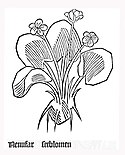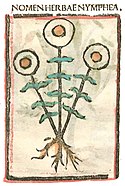Nymphaea caerulea (2)
While strolling through the Adelaide Botanic Gardens last week I came across this Blue Lotus of Egypt (Nymphaea caerulea). The lotus features prominently in Egyptian reliefs and artwork, particularly on the walls of the Temple of Karnak and is thought to have been used as a narcotic.
In the documentary ‘Mystery of the Cocaine Mummies’ Rosalie David, Keeper of Egyptology at the Manchester Museum states:
“The lotus was a very powerful narcotic which was used in ancient Egypt and presumably, was widespread in this use, because we see many scenes of individuals holding a cup and dropping a lotus flower into the cup which contained wine, and this would be a way of releasing the narcotic.
“The ancient Egyptians certainly used drugs. As well as lotus they had mandrake and cannabis, and there is a strong suggestion the also used opium.
“So although it very surprising to find cocaine in mummies, the other elements were certainly in use.”
Read more about the Ancient Egyptians’ Use of Intoxicants at Talking Pyramids.- Uploaded by uleli
Relevante Bilder
Relevante Artikel
SeerosenDie Seerosen (Nymphaea) sind eine Pflanzengattung innerhalb der Familie der Seerosengewächse (Nymphaeaceae). Diese fast weltweit verbreitete Gattung umfasst 65 Arten. .. weiterlesen





















